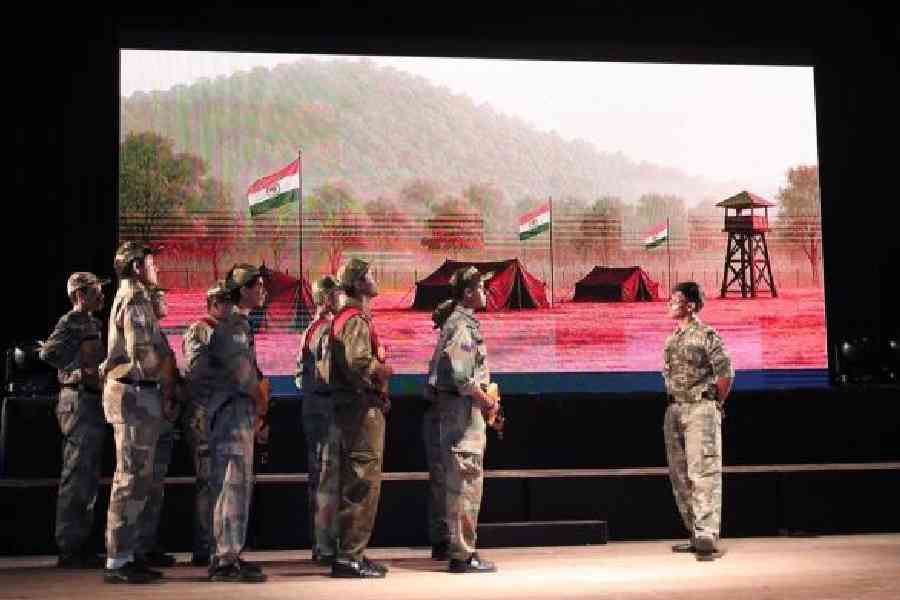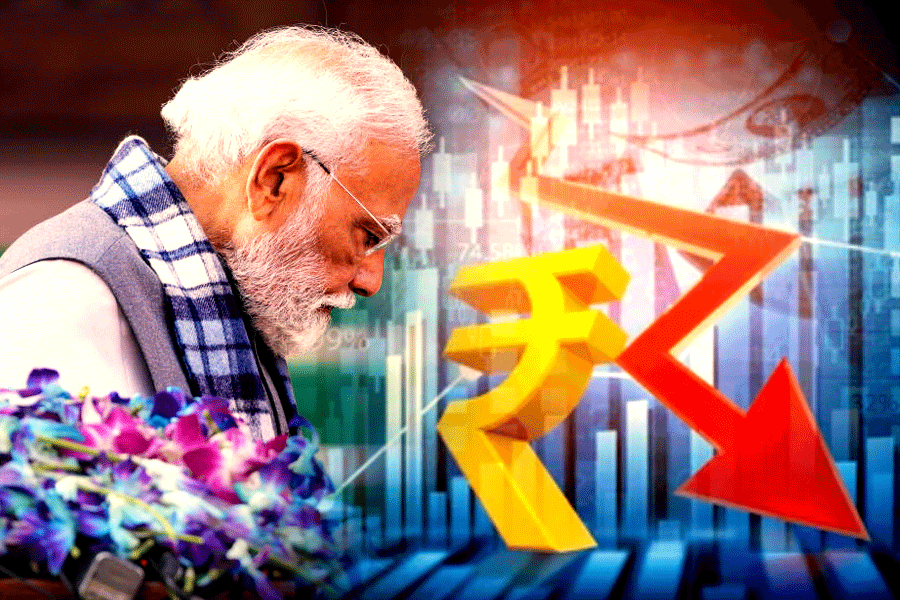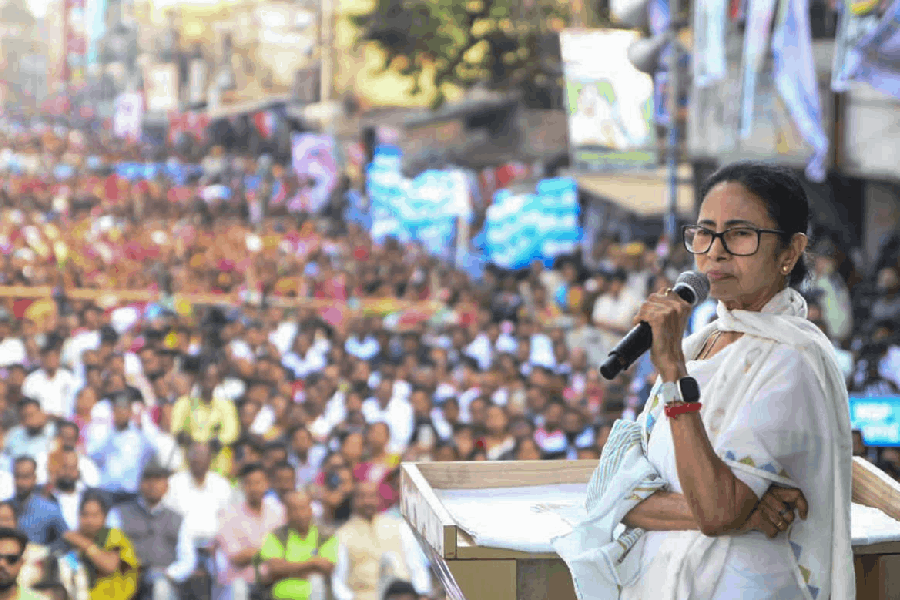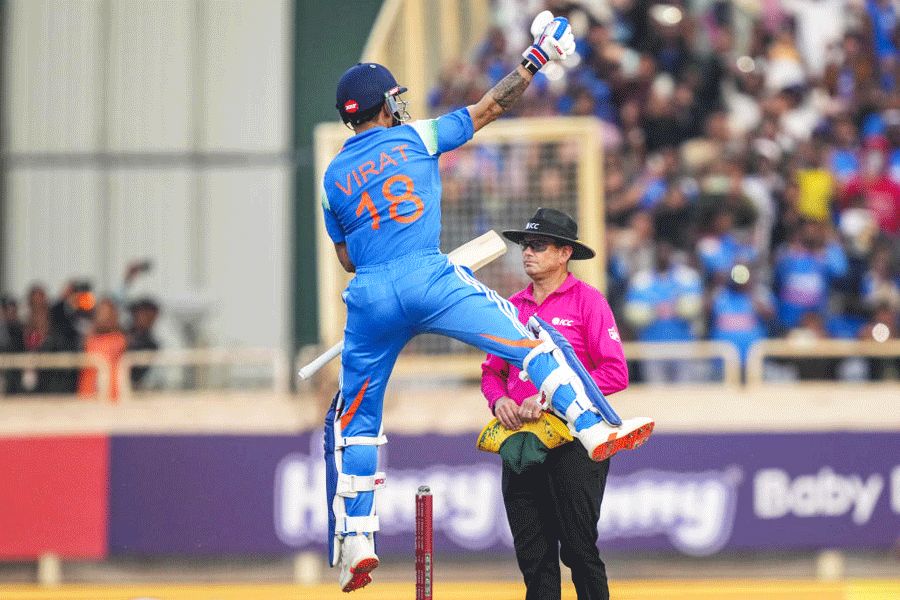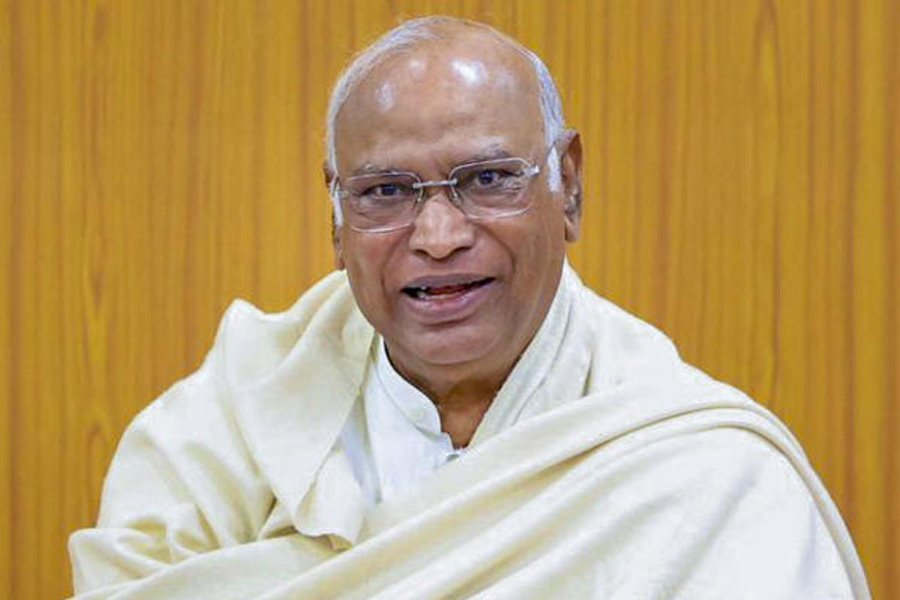Salt Lake Point School turned 50 this year and marked its jubilee with a grand celebration on August 15 and 16 at EZCC. They brought alive India’s rich history and heritage through music, dance, drama, visuals, and narration. The two-day event showcased the contributions of Renaissance figures, patriots, reformers, scientists and creative luminaries.
“Being 50 years old, we thought of hosting this feat on a special day with a special theme, and teachers insisted we do so on August 15 since it also happens to be my birthday,” smiled founder-principal Madhusree Sengupta.
“Our theme was Usha, the dawn that illuminates all and gives a new lease of life, and was envisioned by school secretary Rajarshi Sengupta. My message on this milestone is for the students to grow not only in academic merit but also into good human beings,” she said.
The school had initially opened in CA Block but shifted to its current location next to CD Park, in 1997.
The programme began with a piece on Usha, depicting the origin of life, followed by Unity in Diversity, a show by Classes V to XII directed by art and craft teacher Pritha Sengupta.
The audience was then taken back to the pre-Independence era with Jagaran, an enactment by students of Classes VI to XII on the efforts of Raja Rammohun Roy, Swami Vivekananda, and several revolutionaries.
Arise, awake
Shankha Dasgupta, head of the Bengali department and scriptwriter of Jagaran, said: “Today’s generation is drifting away from our roots. Through this production, we reintroduced students to our origin, mother nature, pre-Independence movements, and the sacrifices of social reformers,” he said. “This production was a two-way learning process for both students and teachers.”
Students showcased scientists Jagadish Chandra Bose, Prafulla Chandra Ray, and APJ Abdul Kalam, alongside creative luminaries such as Satyajit Ray and Salil Chowdhury.
They also paid tribute to singer-songwriter Pratul Mukhopadhyay and poet Arun Chakraborty through folk songs to acquaint students with them.
Suddhosil Sarkar of Class XII played Swami Vivekananda in Jagaran and felt the script and rehearsals taught him in depth about the monk. “Swamiji influenced freedom fighters in the struggle for independence. It was learning beyond textbooks,” he said.
“Jagaran means to awaken people, and we as teachers wish to awaken our students by reviving what time has forgotten,” added dance teacher and choreographer Souvanik Ganguly. “We dedicated a play on Chhatrapati Shivaji as students usually only come across his name in the passing in the history chapter on Aurangzeb, whereas it should be the reverse.” The script for Shivaji was written by Minakshi Gupta, who was also the event co-ordinator.
Math teacher Bholanath Chakraborty appreciated the section on unsung heroes like Radhanath Sikdar, who first calculated the height of Mount Everest in 1852 without modern tools. “Without going to Nepal, using only trigonometric principles, theodolite data, and meticulous calculation, he measured the peak’s height,” he said after the students’ presentation.
Garuda, a skit on the Indian Army, was staged with powerful action, visuals, and music. The stage turned into a battlefield with gunfire and ended with soldiers carrying the coffin of a martyr in front of his mourning wife and child. “This is our tribute to soldiers, who spend sleepless nights on the borders,” said director Abhishek Ghosh, physics teacher.
The event concluded with Bharata Bhagya Bidhata, the Gitabitan version of Jana gana mana, and Vande mataram, during which the audience joined the chorus, waving their mobile phone torches above them in a symbol of unity.
“This year I started a school band named Infinity and got them to sing this portion,” said Shantanu Mondal, the biology teacher who is also passionate about music. “With (school secretary) Rajarshi Sengupta on sarod, it was led by the music teacher and combined visuals and the swaying national flag.”

